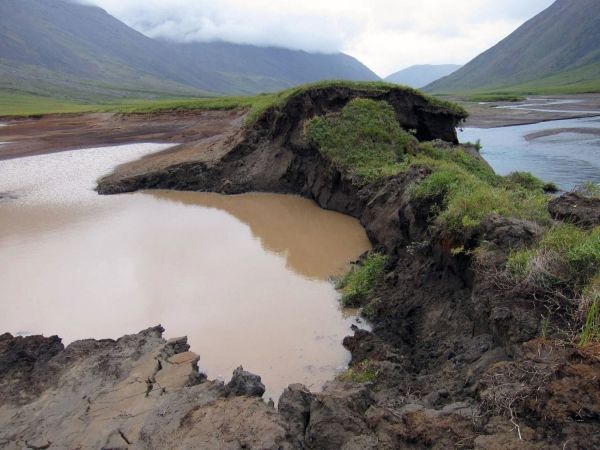As global temperatures rise, scientists warn that thawing Arctic permafrost is releasing an alarming amount of methane — a greenhouse gas 25 percent more potent than carbon dioxide in the short term — into the atmosphere. Now, a new study published in the journal Nature Climate Change has discovered a type of methane-oxidizing bacteria living in upland Arctic soils that could potentially offset some of these emissions.
The findings of the new research, led by scientists at Purdue University in Indiana, indicate that net greenhouse gas emissions from the Arctic may be much smaller than previously modeled due to the increased productivity of a type of bacteria known as high affinity methanotrophs, or HAMs. “This group of bacteria utilizes atmospheric methane as an energy source,” Qianlai Zhuang, lead author of the study, said in a statement. “The emissions from wetlands will potentially be quite large, but if you consider the uplands, then the area-aggregated net emissions will be much smaller than previously thought.”
Read more at Yale Environment 360
Image: Thawing permafrost in Gates of the Arctic National Park in Alaska. CREDIT: C.CIANCIBELLI / NPS


